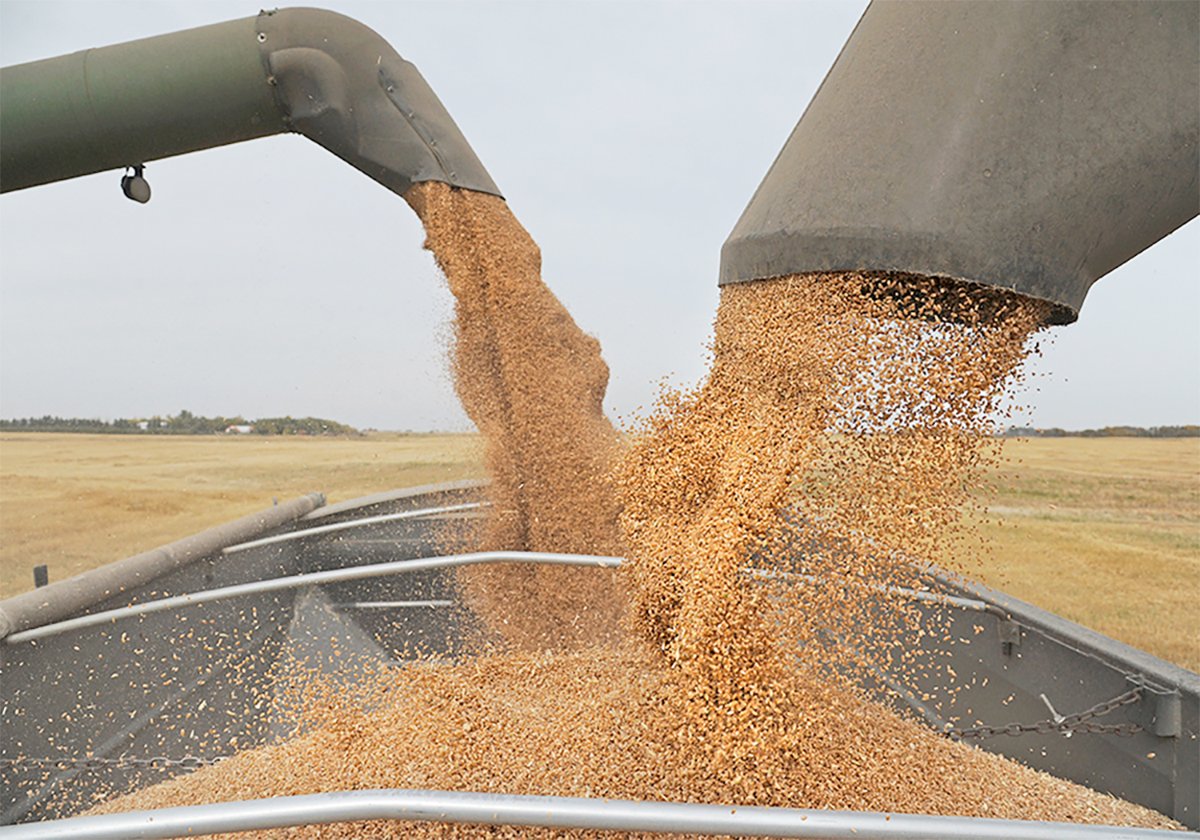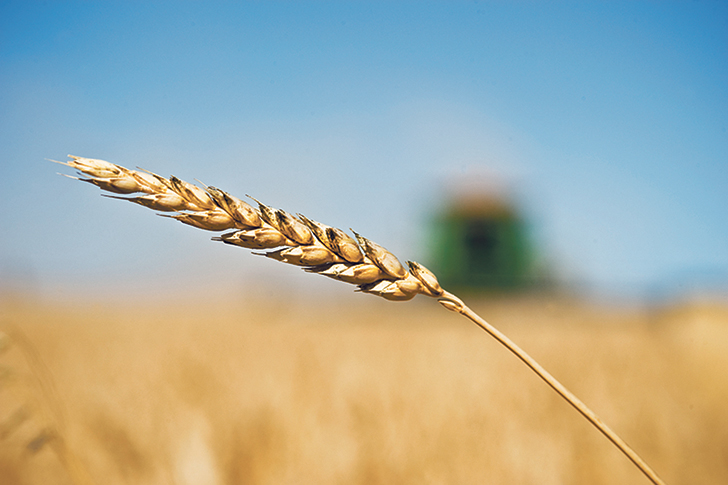Producers tend to assume that a registered crop protection product must be all right to use as prescribed.
Unfortunately, it isn’t always that simple. Welcome to the wacky world of maximum residue limits.
Clever (quinclorac) is registered for controlling cleavers in canola, but two major canola buying nations, China and Japan, haven’t established MRLs.
The same is true for the growth regulator Manipulator (chlormequat), which is registered for use on wheat in Canada but doesn’t have an MRL in the United States.
Read Also

Agriculture productivity can be increased with little or no cost
There’s a way to enhance agricultural productivity with little or no cost. It doesn’t even require a bunch of legislative changes.
Canadian exporters worry about importers rejecting shipments. An outright rejection doesn’t happen often, but the possibility always exists. More commonly, an importer will use an MRL issue as a bargaining chip to get a lower price.
So why don’t we just segregate grain according to customer MRLs?
If canola has been treated with Cleaver, don’t send it to China. It’s good in theory but not easy in a bulk handling system. Segregation comes with costs and risks.
The pulse industry has been dealing with this thorny issue for years. Desiccants and harvest management products are applied as the crop is nearing maturity. As a result, they are more likely to leave a measurable residue.
Pulse crop organizations on the Prairies have developed a fact sheet to inform producers about MRL restrictions. They note that each of the six desiccants-harvest management products registered for selected pulse crops in Western Canada has the potential to cause problems in certain crops and markets.
For example, Reglone (diquat) has been around for decades as a desiccant for lentils. Amazingly, MRLs have not been established for diquat use in pulses in the U.S.
The MRL for glyphosate is set at the low level of two parts per million for dry beans and fababeans to the European Union and for dry beans, lentils, chickpeas and fababeans to Japan.
As well, the EU has not established MRLs for lentils treated with Heat (saflufenacil) as a harvest management tool.
Not surprisingly, the companies buying pulse crops from farmers often want to know what products have been used.
Why can’t countries get on the same page?
Why is there a patchwork quilt of MRLs depending upon the product and the crop?
Codex is the international standard setting body responsible for establishing pesticide standards, but unfortunately it is far behind in product evaluations.
Countries typically establish their own MRLs. When they don’t have an MRL, some countries defer to Codex, while others revert to a low default number. Some countries revert to zero, which is getting ever smaller as testing procedures advance.
It should be noted that the MRL is not the safe level of residue. Various processes are used to come up with a safe level of residue exposure and then set an MRL to provide a large measure of safety. An MRL may be one-tenth or even one percent of what is deemed safe.
As a result, it isn’t a safety crisis if an MRL is set at five p.p.m. and a sample of lentils tests six p.p.m., but it could well have marketing and financial implications.
It’s a problem we need to live with because it won’t be resolved any time soon.















